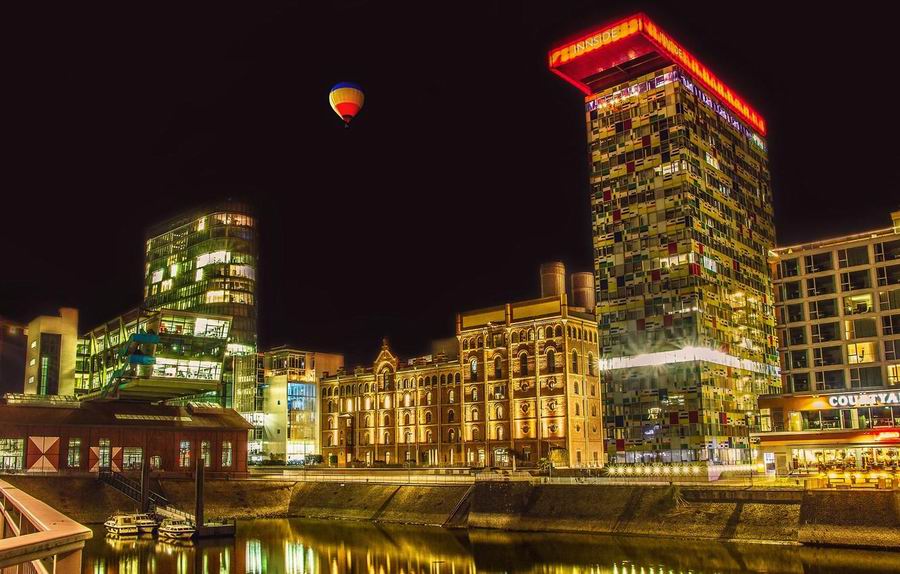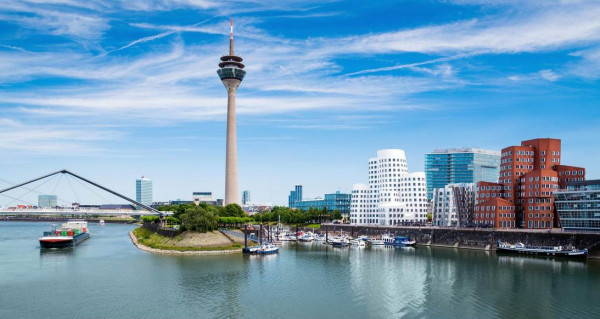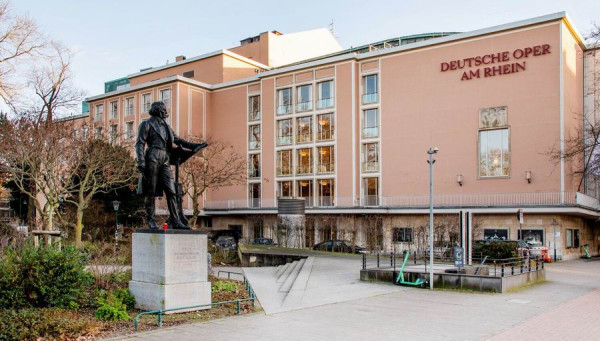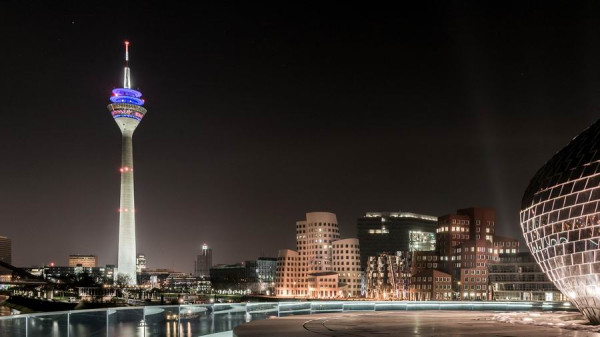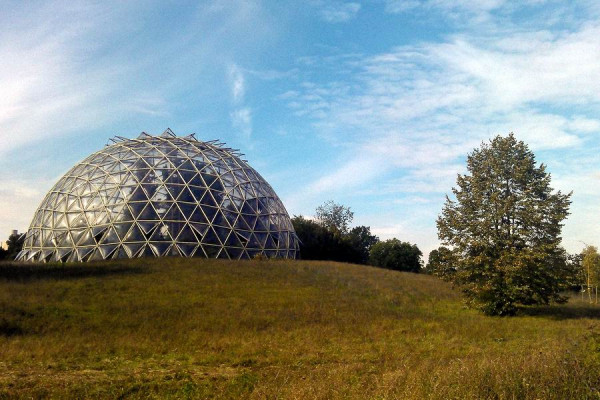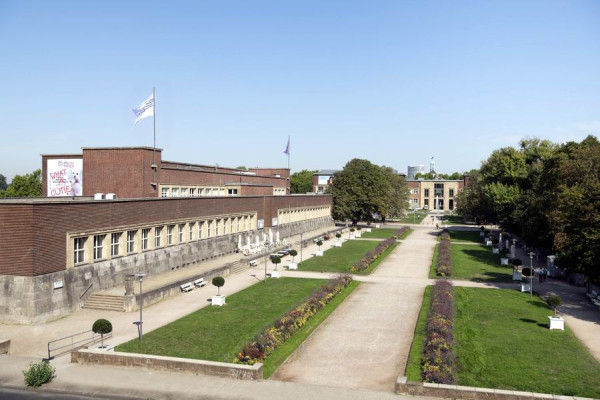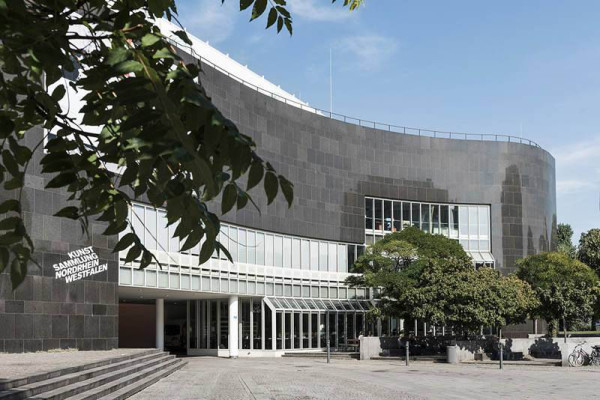Dusseldorf was first established as its own city early in the twelfth century, at which time it was a military base watched over by the reigning emperor.
At the end of that century, Dusseldorf was overtaken by the count of Berg. Berg controlled the area for approximately one hundred years before making it an official capital of their control. Shortly after that time period, the reigning count, Count Adolf V, named Dusseldorf an official city and awarded it rights as such. Approximately one hundred years after that, it became the regional capital.
Berg controlled the area all the way up until the beginning of the seventeenth century. At that time, through warfare, the count of Palatinate took control of Dusseldorf. The area was relatively quiet for many years after that. In the eighteenth century, the area was struck with poverty and not much of international concern occurred there.
In the nineteenth century, the Industrial Revolution came to the area and improved the economic conditions there. Workers moved in to the area and it began to thrive. This was short-lived however, as the area was greatly adversely affected by warfare and poverty during the first half of the twentieth century. After the end of the World War II, reconstruction of the area began. The city’s reconstruction proceeded at breakneck pace.
The economic miracle transformed Dusseldorf into a metropolis of trade, administration and service industries, thereby giving it a new lease of life which nobody could have dreamed of in 1945. New buildings spring up everywhere, and international companies set up their businesses here. The ongoing success of the Messe (trade fair) and the continuing attraction of Dusseldorf to international companies makes for a high standard of living and a cosmopolitan feel.

